The Buzz: UAV Updates, Garibaldi Days, Time Away From Computers
UAV Updates: Rendering thousands of images into single, usable datasets takes an enormous amount of time; a task that is difficult even with specialized, high-end computers or servers designed for hashing out mosaics and 3D models. As these processes slowly complete, I continue to refine the procedures (complete with hours of “lessons learned”) SEACOR will utilize for future UAV flights and imagery. I don’t have much to show for it yet, but I will soon!
Garibaldi Days: As state and federal budgets are squeezed, education and outreach programs are often the first to be cut from spending plans. Although budgets are tight, SEACOR has made it a priority to coordinate several outreach events throughout the year. Our touch tanks are always a big draw for kids and adults alike. Having contributed hours towards two of these events now, I can say they are worth conducting. In both Garibaldi and Coos Bay, several misconceptions were shockingly common. Here are a couple (with corrections in red):
Red Rock crabs are (not) invasive: Cancer productus, more commonly known as Red Rock crab, are frequently labeled by the general public as an invasive species when in fact they are not. Red Rock crab have been observed in Oregon fossil records and have a native range along most of the West Coast from Southern California to Alaska. Their claws are particularly adept at crushing hard-shell animals such as clams, oysters, and even other crabs. In large abundance, Red Rock crabs can be a problem for commercial shellfish businesses but this occurrence is rare and there are control strategies for dealing with them. For more information on Oregon crab identification, ODFW has compiled a simple list here with further resources.
Eelgrass is (not) invasive/What is eelgrass?: Commonly mislabeled as a seaweed, eelgrass is a flowering seagrass that provides massive benefits to shellfish, fish such as salmon and rockfish, and many other types of wildlife. Eelgrass beds support the health of a variety of commercially targeted and environmentally important species, particularly during spawning and juvenile stages of their lifecycles. Eelgrass is federally protected under several congressional mandates such as the Clean Water Act (section 404) and the Fisheries Act of 1996 in addition to several Oregon State administered levels of protection. Recent studies suggest commercial oyster farming have particularly damaging effects on eelgrass beds. More information from NOAA can be found here and here. Conflicts between government regulations and commercial and recreational bay users flare up frequently. A good example from the LA times can be read here.
Time Away From Computers: Between the blog, online classes, cheap entertainment, and work, I spend a lot of time behind a screen. Every spare chance I have (and some that I don’t that I make time for…) I like to get out and explore. My spare time usually ends up with collections of things too large to carry, projects that are secret even to me, and few more freckles that appear to have replaced my ability to tan in the sun. With only a few weeks remaining, it is time to figure out what all this stuff is for! Here are a few clues for my SEACOR-it (secret) project:

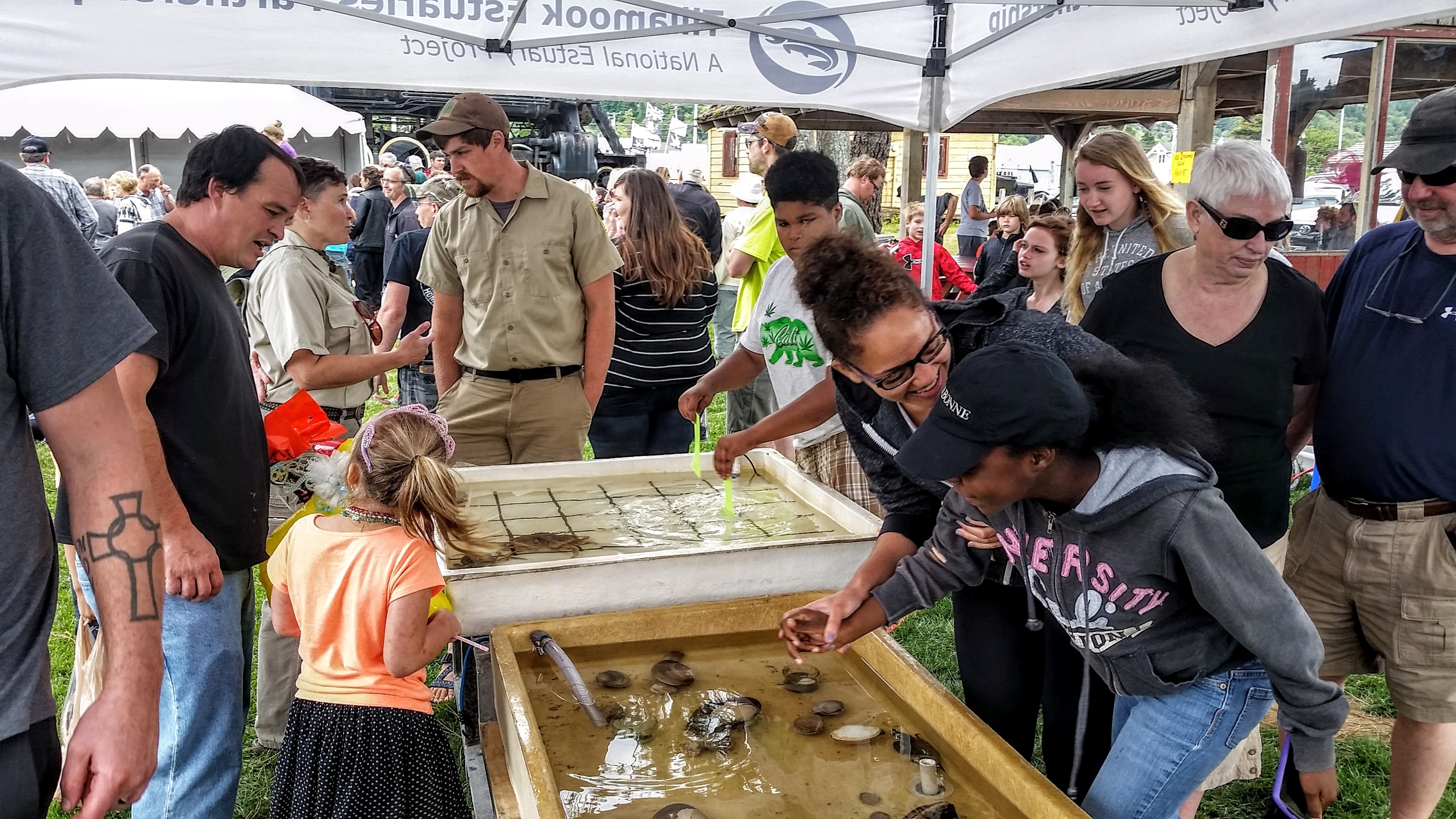


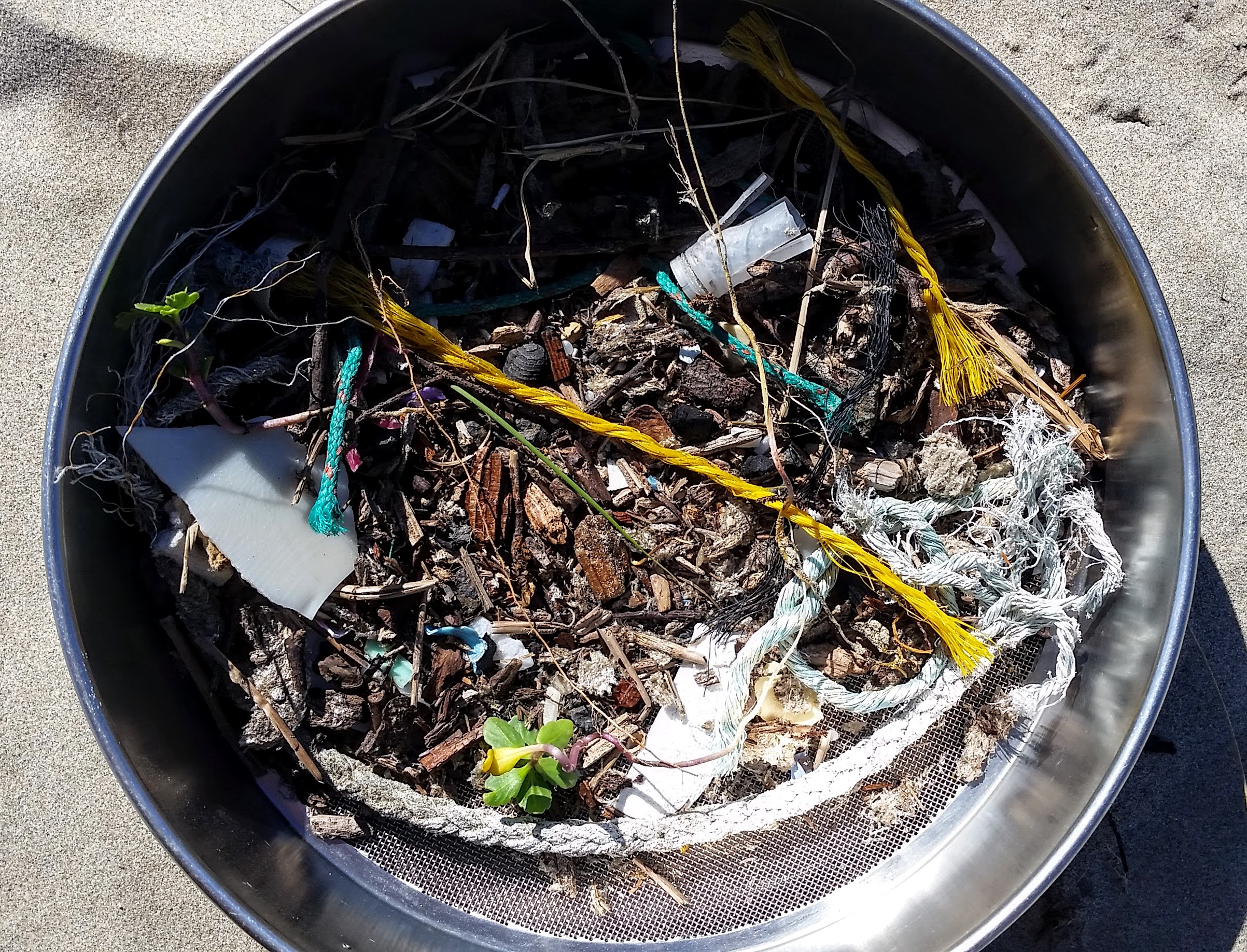
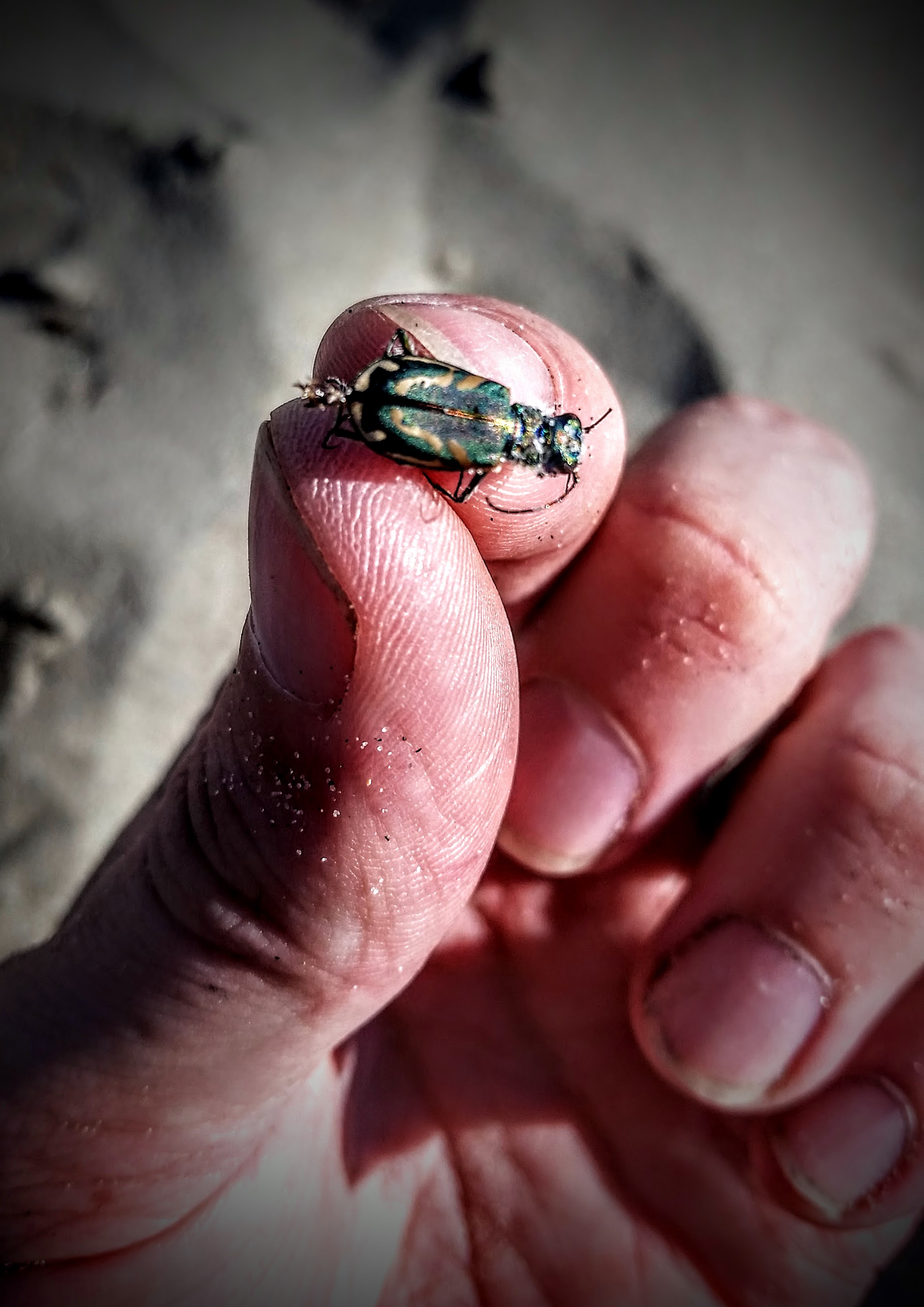
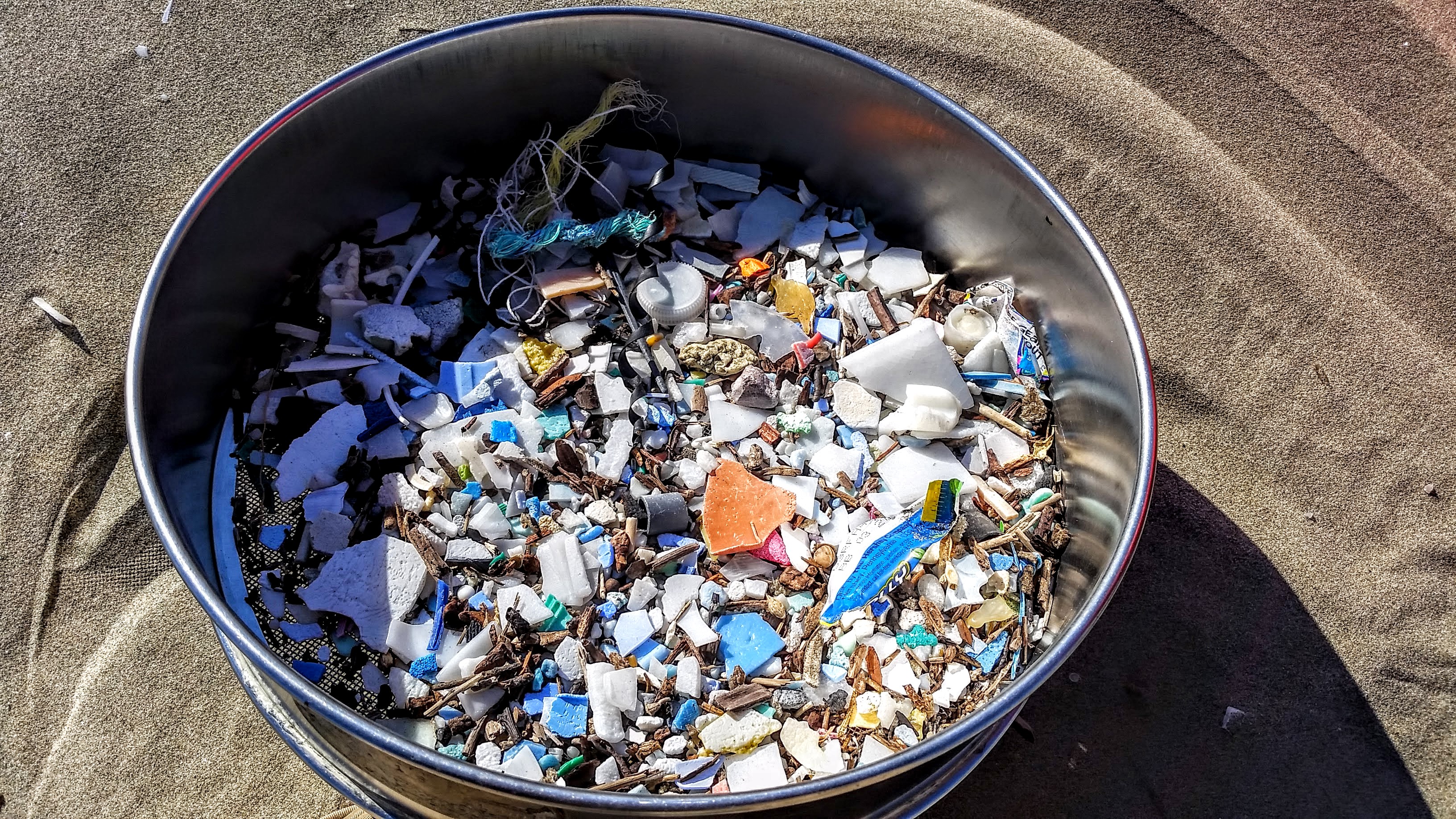
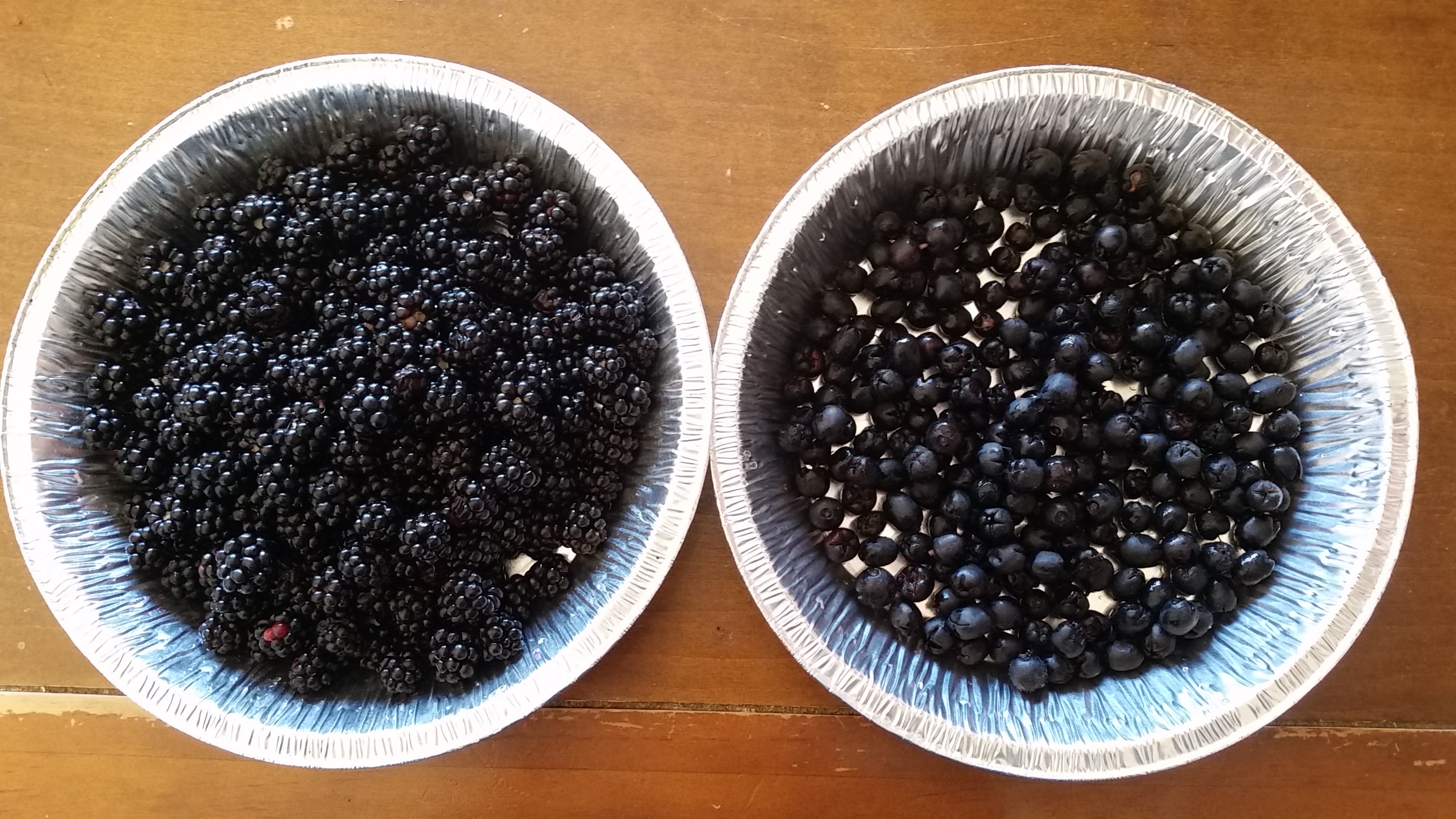

Hmm, I’m not sure if all elements of your secret project fit together, but I’m anxious to find out!